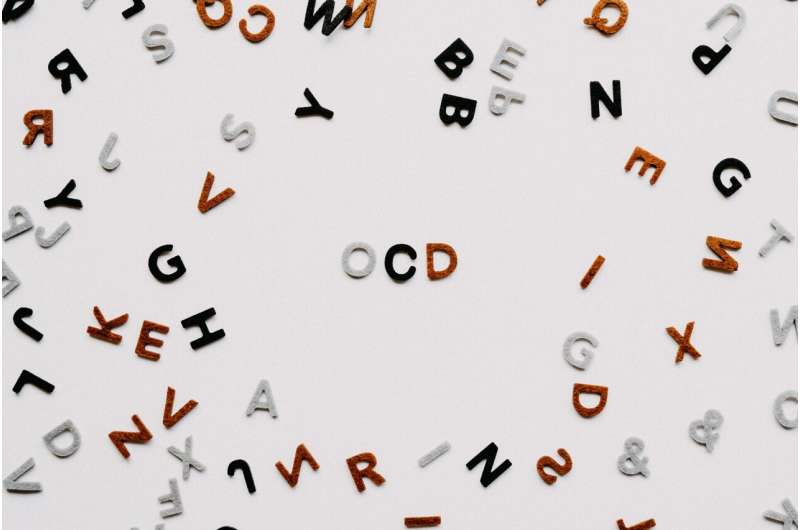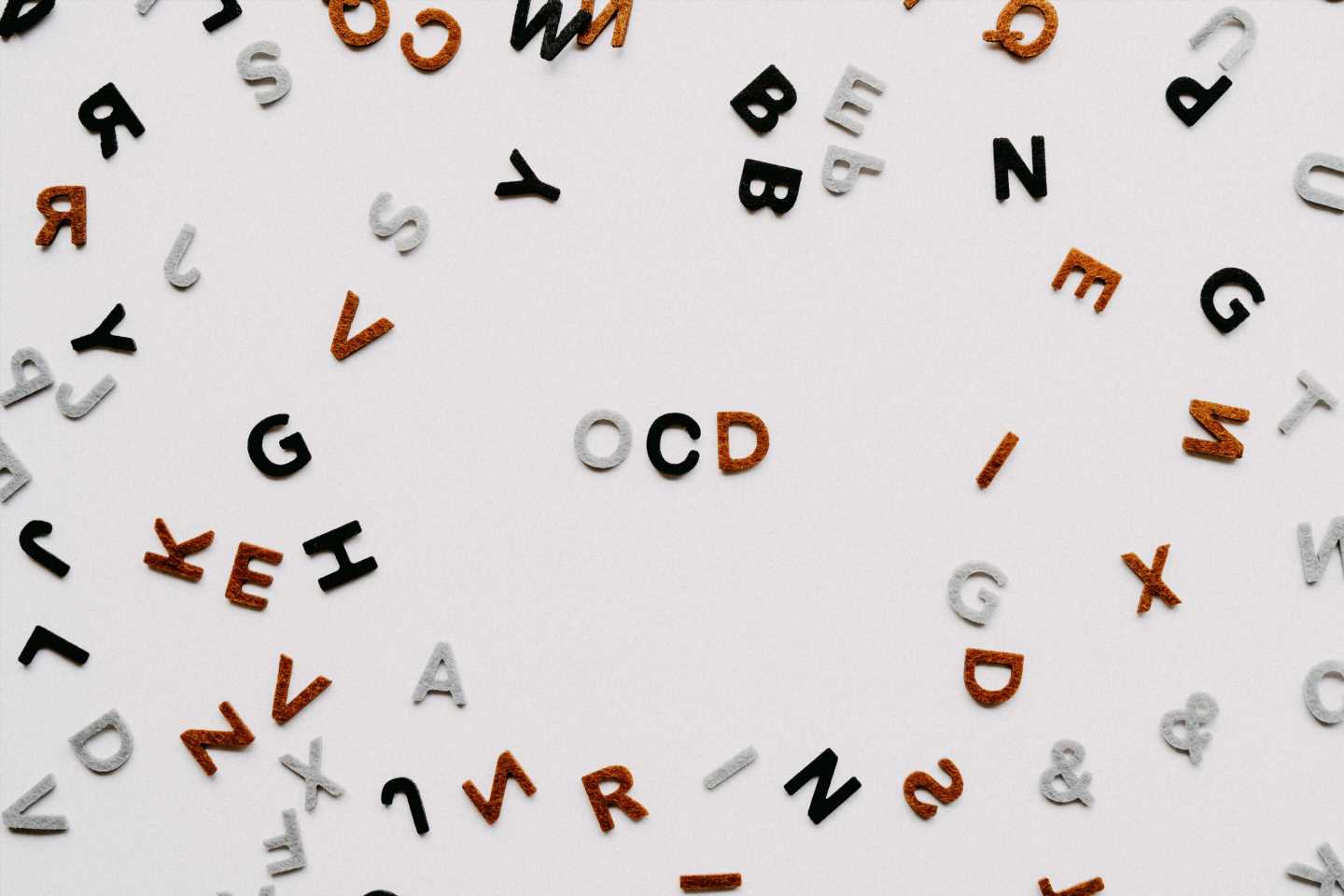
QIMR Berghofer researchers are a step closer to solving what causes obsessive-compulsive disorder, after discovering changes in how distinct brain regions communicate. This important finding could guide the development of more targeted and effective treatments for this debilitating condition impacting thousands of Australians.
In their new study, the researchers confirmed that the disorder likely emerges from a complex imbalance affecting particular signaling pathways deep within the brain.
Senior researcher, Associate Professor Luca Cocchi says the information will be instrumental to QIMR Berghofer’s efforts to develop innovative brain stimulation treatments for OCD—a condition with limited treatment options and no known cure.
“This study offers some important clues as to how we might research and develop treatments that better target OCD and its symptoms,” A/Prof Cocchi said.
“Current drug interventions lack specificity and only meaningfully reduce symptoms in a portion of individuals with OCD. That means a lot of people are not getting the help they need for symptoms that can be severe and significantly diminish quality of life. We urgently need safe and more effective therapeutic interventions.”
Brisbane business consultant Peter Bell said it was a huge relief to see evidence of a physical basis for OCD, a condition he has lived with all his life.
“This is an absolute game-changer for many people with OCD, who have gone through life blaming themselves for their obsessive-compulsive behaviors. It’s a relief to see that OCD is actually linked to this particular imbalance in the brain, as mental illness can often seem less tangible than other diseases or ailments. I think that really contributes to the stigma,” Mr. Bell said.
“It’s also deeply exciting to think that this is just the start—that these findings will fuel further research that will hopefully bring more answers.”
The study, published in the journal Brain, is the first to emerge from a QIMR Berghofer trial of a potential brain stimulation therapy for OCD. Before administering the treatment, researchers used magnetic resonance imaging (MRI) to examine the brains of participants against a cohort of people without the condition.
Lead researcher Dr. Sebastien Naze said the participants with OCD were shown to have an imbalance affecting distinct pathways and regions of the brain, which are linked to emotion regulation and reward.
“While more research is needed, this imbalance is believed to be a main driver and potential cause of OCD symptoms,” Dr. Naze said.
“We aren’t the first researchers to find it, but our study offers important validation and new information on the specific communication between brain regions involved in this imbalance. This gives us some important clues about what’s causing the disease, and how these brain changes could be corrected to reduce OCD symptoms.”
The QIMR Berghofer researchers will use the findings to inform clinical trials of a range of non-invasive and invasive brain stimulation therapies for OCD in 2023.
They’re currently analyzing the results of their recently-completed trial of transcranial magnetic stimulation, ahead of separate trials examining the effects of deep brain stimulation and ultrasound-based procedures.
“Brain stimulation has proven successful in the treatment of depression, so we’re hopeful that it may help in cases of OCD,” A/Prof Cocchi said.
“The procedures we’re trialing aim to stimulate nerve cells and adjust brain activity—either through magnetic pulses, electrodes implanted in the brain, or sonic waves. And one of the potential advantages is that these types of stimulation can be targeted to the pathways we’ve confirmed as likely being involved in OCD and its symptoms.
“It’s not going to cure the disorder, but it could potentially reduce symptoms to the extent that people can enjoy a relatively normal life and better benefit from psychotherapy.”
In a separate project, Dr. Naze will work with QIMR Berghofer’s brain modeling group to test hypotheses for tackling the potential causes of OCD, using advanced computational models of brain signals and the neural pathways identified in his research.
About 2% of Australians are affected by OCD, which is characterized by distressing obsessive thoughts and compulsive behaviors, often to do with cleaning, counting or checking. The condition is linked to depression and anxiety disorders and is associated with high rates of suicide.
More information:
Sebastien Naze et al, Mechanisms of imbalanced frontostriatal functional connectivity in obsessive-compulsive disorder, Brain (2022). DOI: 10.1093/brain/awac425
Journal information:
Brain
Source: Read Full Article
